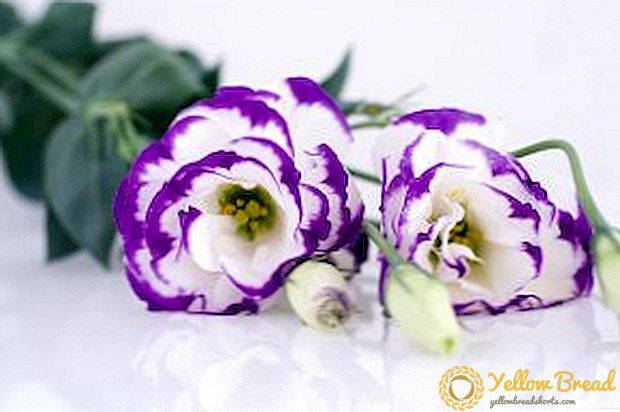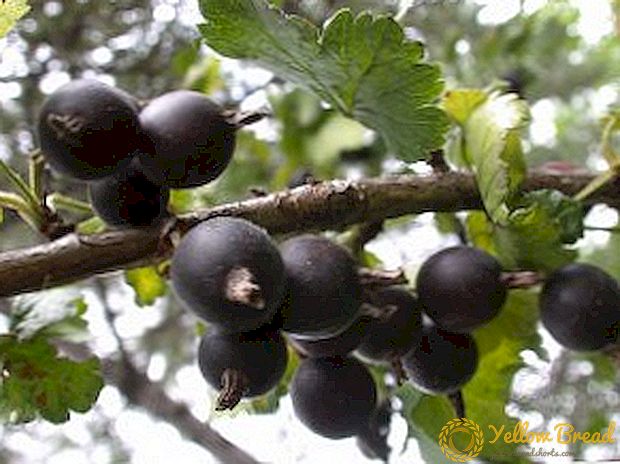 Opuntia is a genus of plants of the cactus family, the birthplace is South America.
Opuntia is a genus of plants of the cactus family, the birthplace is South America.
Flowers and stems of this cactus with flat leaves are used to treat diseases of the kidneys, liver, gastritis, gastric ulcer, hypertension and diabetes. The beneficial proteins of prickly pears help to cope with cellulite, swelling and fluid retention, as well as prevent the formation of fat. There are many species and names for prickly pears. This article lists the main types of prickly pears and their description.
- Opuntia white-haired (Opuntia leucotricha)
- Opuntia Bergeriana
- Opuntia main or main (Opuntia basilaris)
- Opuntia Gosselina (Opuntia gosseliniana)
- Opuntia longbred or long-heeled (Opuntia longispina)
- Opuntia Curassavica (Opuntia curassavica)
- Opuntia fragilis (Opuntia fragilis)
- Prickly pear small-haired (Opuntia microdasys)
- Opuntia mighty (Opuntia robusta)
- Opuntia pubescence (Opuntia tomentosa)
- Opuntia compressed (Opuntia compressa)
- Prickly pear Cheri (Opuntia scheerii)
- Opuntia ficus indian (Opuntia ficus-indica)
Opuntia white-haired (Opuntia leucotricha)
Tree cactus is originally from Mexico. Up to 5 m high, with leaf segments densely covered with hard white hairs and yellow glochidia. Opuntia flowers of a white-haired lemon shade, reaching 8 cm in diameter, with green stigmas.The cactus fruits are spherical, creamy-white in color, with a pleasant smell and delicate taste. 
Opuntia Bergeriana
Bush cactus, green, somewhat angular processes in length up to 25 cm, and on the kidneys, which are on the entire area of the cactus, there are yellow spines. It is characterized by dense flowering, bright yellow tint of inflorescences and green inside the pistil. It can reach a height of more than 1 m. When attacked, the scytum (red spider mite) must be treated with soapy water. 
Opuntia main or main (Opuntia basilaris)
Bushy flat cactus, characterized by long and branching stems. The length of the shoots varies from 8 to 20 cm, they are green-blue or burgundy, with concave, brown and pubescent areoles with a small number of spines. The flowers of the cactus are pink and bright red, the pistil is dark red. 
Opuntia Gosselina (Opuntia gosseliniana)
A common species originally from Mexico. The inflorescences of this cactus are very bright yellow, start to bloom very early. The mature leaves of the prickly pear also attract the attention with their blue-green color with a beautiful gray tint; in small individuals, the color is purple. Ten centimeter spines are soft enough to the touch, located only on the upper areas of the leaves. 
Opuntia longbred or long-heeled (Opuntia longispina)
Bushy cactus with creeping stems, small, mace and spherical segments in length of 3-4 cm, which create chains. Dark brown areoles with tufts of scarlet glochidia and a large number of burgundy marginal spines and thin and oblong central ones. The blooming of the prickly pear is bright red or orange. 
Opuntia Curassavica (Opuntia curassavica)
One of the most resistant species of cacti. Busy cactus with often sagging stems, with light green stem segments 2-5 cm long. Opuntia leaves of a small plant and quickly fall off. Areola brown with numerous spines. The spines are long, from 5 to 8 cm. The optimum winter temperature for Opuntia Curassava is from -2 to -5 ° C. The ideal soil for this cactus is peat, leaf and sod. 
Opuntia fragilis (Opuntia fragilis)
Low shrugoobraznyakaktus, shoots are round, fleshy and compacted, reach a length of 3 cm, easily fall off. The prickly pear areunas are fragile, small, located 8-12 mm apart from each other, with yellow glochidia and four brown-yellow spines of 3 cm in length.Flowers of cactus pale lemon color, with green stigmas. 
Prickly pear small-haired (Opuntia microdasys)
Bush opuntia with branched stems. It reaches about 50 cm in height. The prickly pear segments are small, rounded in shape and bright green in color; in white areoles, many golden glochidia develop without spines. The flowers are yellow, the fruits of the prickly pear are juicy lilac-red berries. Like a desert plant, it loves bright and stable sunlight, without it new segments are deformed; requires moderate watering, is able to withstand low temperatures, it should be fed with a mixture of expanded clay and humus mixtures. There are two varieties of this prickly pear — with red and white glochidia. 
Opuntia mighty (Opuntia robusta)
This variety of prickly pear is a tree-like cactus with thick rounded processes dotted with greyish bloom. Areola plants are rare, there are white or yellow spines. The flowers inside are bright yellow, the outside is bright scarlet. Homeland plants - Argentina. Propagated by cuttings or seeds. Cuttings need to be cut in the summer, so that their rooting takes place by the fall, and they survived the winter well.Seed method is used in the spring, removing the seeds from the fruit. 
Opuntia pubescence (Opuntia tomentosa)
The powerful tree plant of dark green color, reaches in the nature of 6 m in height. Segments of the stem are lined with pubescent areoles with one spine of small length, the surface is velvety to the touch. Flowers of this type of prickly pears are found only in old plants. To avoid rotting of the roots, you need good drainage, which includes charcoal and red brick crumbs. [img hint =
Opuntia compressed (Opuntia compressa)
Bush cactus with creeping shoots. The processes of prickly pear prickly pear are dark green, there are either no spines at all, or are found sporadically at the ends of the shoots. The leaves are round with pointed ends, small and pale green, 5 cm in diameter, and the flowers are yellow. Perfectly tolerates low temperatures, winters in open soil, needs direct sunlight or light penumbra, otherwise it loses its attractiveness. Prefers drained non-acidic soil 
Prickly pear Cheri (Opuntia scheerii)
Shrub-shaped branched cactus, reaching a height of 1 m. The shoots of Sherry prickly pears are large, rounded, greenish-blue, densely covered with areolae with pale yellow spines that adhere to the surface of the stem, and extended white hairs. It blooms very nicely - at first the pale yellow flowers turn pink at the end of the bloom. Fruits of prickly pear Sherry spherical and red. Does not tolerate overmoistening. 
Opuntia ficus indian (Opuntia ficus-indica)
Also called prickly pear fig. Opusia bush is native to Mexico, but is currently cultivated in Brazil, Chile, India, Egypt, Ethiopia and Madagascar. It has a straight, hardening flattened main stem, rather strongly branched in the upper part. Prickly pear branches are oval, green-gray in color, dotted with small sparse areoles with yellow falling glochidia and single white spines. It blooms with bright red flowers, edible fruits, scarlet, yellow or green, pear-shaped, densely covered with glochidia, there are no spines on them. Inside contains white flesh, sweet in taste, with fairly large seeds. 






